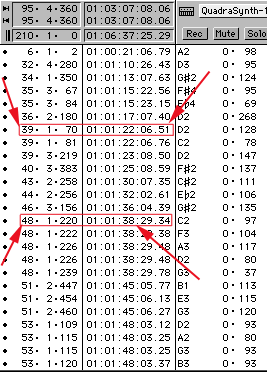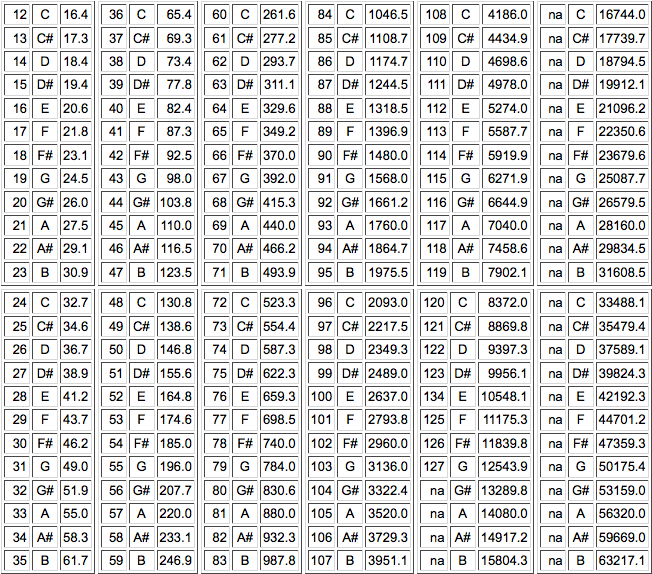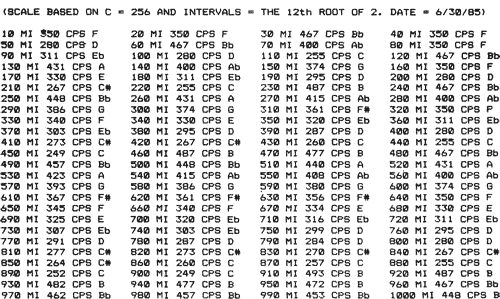

pdf)īut in the upcoming Part III, I intend to demonstrate how to convert full-length notes or phrases into wavetables, using all of the Modulator capabilities in Rapture / Dimension Pro. ( see page 2 - bottom in the 'Purebred Wavetables'. It's best to have a full level, static signal to crop the wavetables from. Īnd Envelopes in Rapture should be turned off, right?For this tutorial, yes. You can also skip the Edit -> Trim operation, and simply File -> Export Selection. Once you're confident that your selection contains a single cycle, Edit -> Trim to clean up the waveform, then File -> Export.

Toggle ' Length' to determine how many samples you have selected between Selection Start and your rightmost position. Below the sample window, it will help to enable Snap To, and set the type of snap to 'samples'. Or, with the selection tool, you can click over that same numeric level indicator area, and it will turn into a zoom tool. Zoom in a great deal to find the exact crossing point for selection (with the zoom tool). The centered bold 0.0 line is the 'zero crossing line' that you're shooting for in your selection edits.Ġ.0. To the left of the recorded audio display, you'll see two sets of level indicators (for a stereo file). Unfortunately, Audacity doesn't show zero level line (or I don't know how).I thought that I already had Audacity loaded on this system, Julian, but I installed the beta just now. You can approximate the sound results of lower sample rates by using Decimate DSP processing. Single-cycle wavetables are so miniscule that I'm not sure there's much to gain, in terms of memory footprint or efficiency. But you'll have to adjust the Transpose/Tune parameters to compensate. If you can set your soundcard to 22K, more power to you. We're taking the system sample rate, then adjusting Transpose/Tune parameters to assure that a single cycle wavetable stays within a certain overall length. You might set the RP /DP Transpose to -29, with a healthy amount of + Tune, or Transpose -30, with a Tune of -5 cents. I included the 'formulas' section to adapt the same concepts to systems runnings at different sample rates.įor example, if you're running at 96K, and you were shooting for a 2000-sample wavetable, that would fall closest to MIDI Note 31. The only reason for the strong emphasis on sample rate here is how it will factor into the Transpose setting.

You're recording Rapture / Dimension Pro's processing output, so your system sample rate setting is determining the recorded results. I was curious about the sample rate, can you get away with lower ones or would they double speed etc? I was thinking about doing something for rapture maybe, but well the multi samples for that, 44.1 is a bit wastedHere's the thing about the sample rate, in this particular context.


 0 kommentar(er)
0 kommentar(er)
